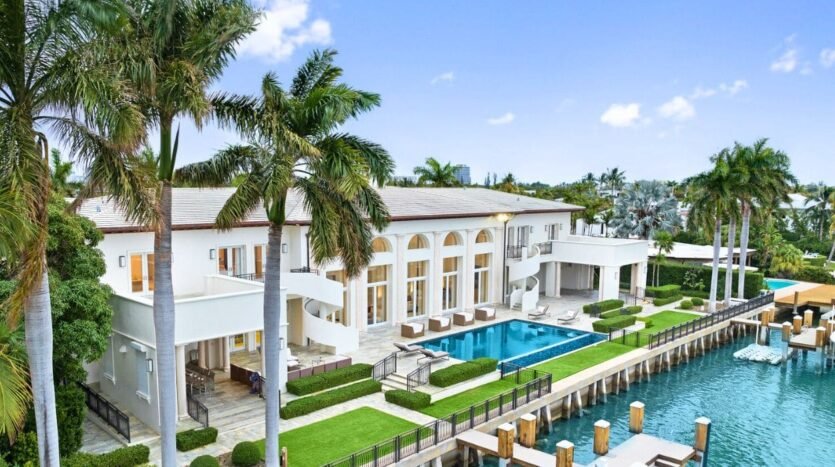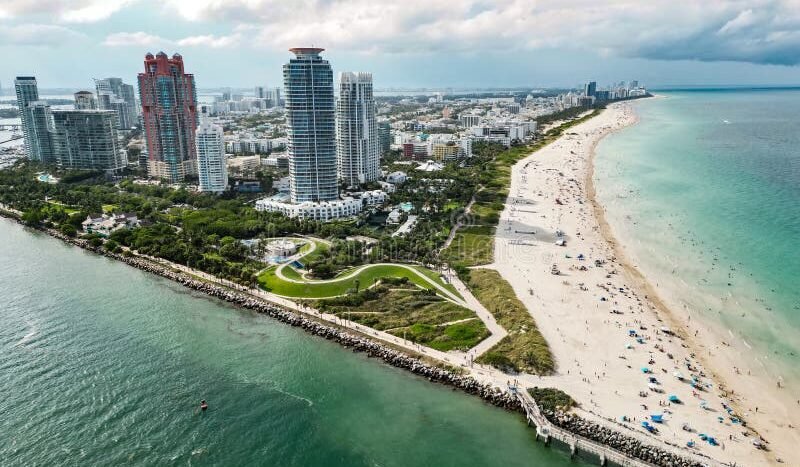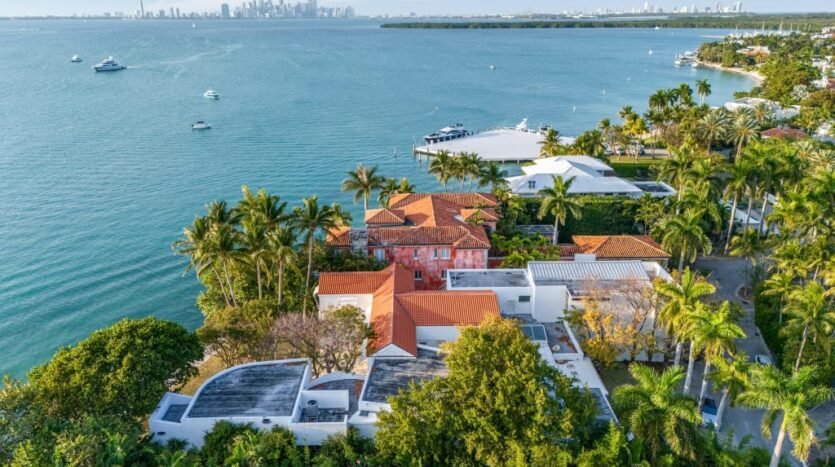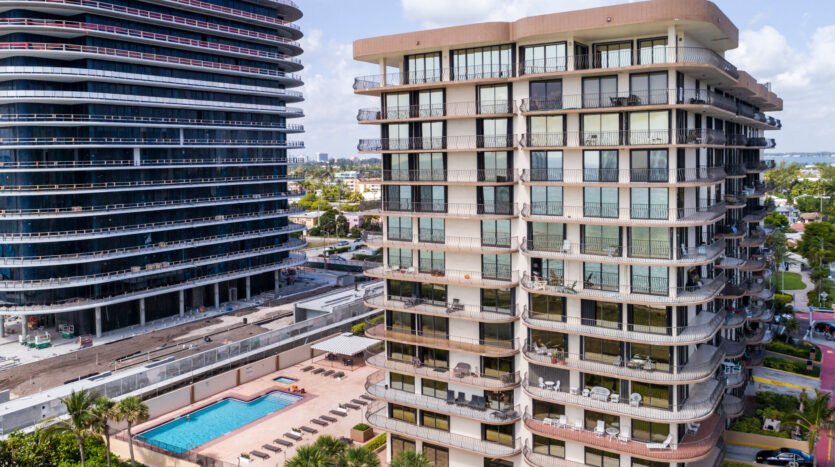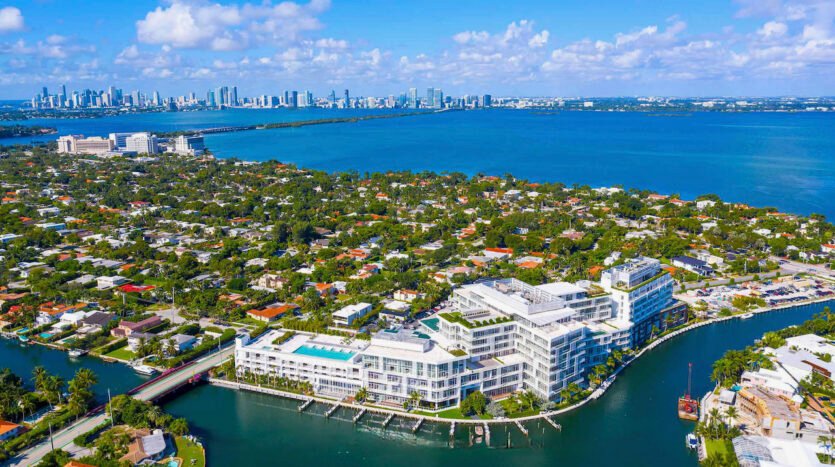
Miami Becomes Top Millionaire Magnet
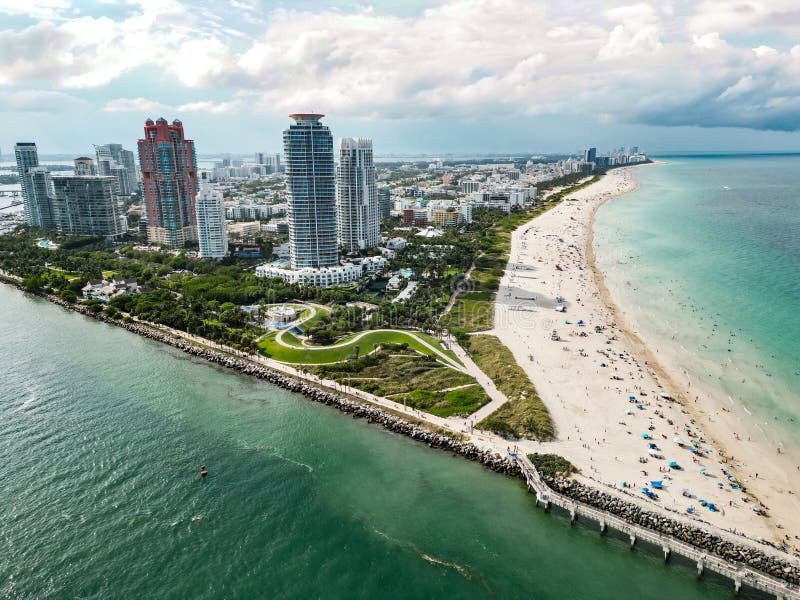
Miami Becomes Top Millionaire Magnet: How 30,000 Wealthy Households Are Reshaping Florida's Real Estate Market
While Miami's skyline grows shinier than ever, many locals are left searching for homes that no longer exist. The Magic City has transformed from a sunbelt retirement destination into America's premier millionaire magnet, attracting an unprecedented wave of high-net-worth individuals fleeing high-tax states. But this wealth migration is creating a paradox that's reshaping South Florida's real estate landscape in ways few anticipated.
According to recent data from the National Taxpayers Union and SmartAsset, Florida gained nearly 30,000 high-income households in 2022 alone—more than any other state in the nation. Among taxpayers with adjusted gross income exceeding $200,000, Florida leads the list of preferred destinations. The IRS migration filings reveal that Florida attracted more net income tax filers and adjusted gross income from interstate migrants than any competing state, cementing its position as the epicenter of America's wealth redistribution.
The Tale of Two Markets: Miami's real estate market has fractured into two distinct economies. While ultra-luxury home sales above $10 million have surged 248.4%, inventory for starter homes under $500,000 has plummeted nearly 80% from 2019 to 2024. This isn't just a market shift—it's a fundamental transformation of who can afford to call Miami home.
The Data Behind the Migration: Who's Moving to Miami and Why
The Millionaire Exodus from High-Tax States
The Miami millionaire migration isn't happening by accident. It's a calculated financial strategy driven by three primary factors:
1. Tax Arbitrage Opportunities
Florida's lack of state income tax creates immediate savings for high earners. A California resident earning $1 million annually pays approximately $133,000 in state income tax (13.3% top rate). By relocating to Florida, that same individual saves the entire amount—year after year. For ultra-high-net-worth individuals, these savings compound into generational wealth preservation.
Beyond income tax, Florida offers:
- No estate tax or inheritance tax
- Robust asset protection laws (homestead exemption)
- No tax on retirement income
- No tax on capital gains beyond federal obligations
2. Lifestyle Transformation
Miami has evolved far beyond its reputation as a party destination. The city now offers:
- World-class dining rivaling New York and Los Angeles
- Thriving arts scene (Art Basel, Design District, Wynwood)
- International business hub with direct flights to Latin America and Europe
- Year-round outdoor lifestyle with waterfront access
- Growing tech ecosystem attracting entrepreneurs and venture capital
3. Remote Work Revolution
The pandemic permanently altered where wealthy professionals choose to live. With remote work normalized, high-earning executives, entrepreneurs, and investors no longer need to sacrifice lifestyle for career advancement. Miami offers the perfect combination: business infrastructure without the weather, congestion, and tax burden of traditional financial centers.

Luxury waterfront estates in Coral Gables are attracting ultra-wealthy buyers with record-breaking sales
Geographic Concentration: Where Millionaires Are Landing
The wealth influx isn't distributed evenly across South Florida. Specific neighborhoods have emerged as millionaire magnets:
- Miami Beach – Particularly South of Fifth and Mid-Beach, where oceanfront condos command $3,000+ per square foot
- Coral Gables – Old-money elegance meets new wealth, with estate homes regularly selling above $10 million
- Coconut Grove – Waterfront living with village charm, attracting families seeking privacy and prestige
- Brickell – The "Manhattan of the South," drawing finance professionals and international buyers
- Key Biscayne – Island exclusivity with top-rated schools, popular among families
The Luxury Boom: Understanding the 248% Surge in Ultra-High-End Sales
Record-Breaking Transactions Signal Market Strength
Miami's luxury real estate market isn't just growing—it's exploding. The statistics tell a compelling story:
- Homes priced above $1 million: Sales increased 147% from 2019 to 2024
- Homes priced above $10 million: Sales surged 248.4% during the same period
- All-cash transactions: Represent 43% of Miami home purchases in early 2025
- Luxury segment ($5M-$10M): Over 60% sold for cash, eliminating financing contingencies
These numbers reflect more than market enthusiasm—they demonstrate the depth of capital flowing into South Florida. Unlike speculative bubbles driven by leverage and easy credit, Miami's luxury boom is fueled by liquid wealth and strategic relocation decisions.

Ultra-luxury condominiums in Miami Beach are selling at record prices, with many all-cash transactions
Developer Response: Supply Chasing Demand
Real estate developers have taken notice, launching ambitious projects targeting the ultra-wealthy:
Recent Major Developments:
- Midtown Park: $2 billion mixed-use project with 924 condos, approved October 2025
- One Brickell Riverfront: 784-unit, two-tower project with $513M construction financing
- 600 Miami Worldcenter: 32-story, 606-unit luxury condo (fully sold out, opening 2026)
- Edge House Miami: 608-unit luxury project in Edgewater, approved September 2025
Starting prices for new luxury construction now routinely exceed $600,000, with premium units commanding $2,000-$3,000 per square foot. Developers are responding to demand by incorporating resort-style amenities, concierge services, and branded residences that appeal to the global ultra-wealthy.
The Missing Middle: How Wealth Migration Is Displacing Affordable Housing
The 80% Inventory Collapse
While luxury condos multiply across the skyline, a housing crisis is unfolding for middle-income residents. The data is stark:
- Starter homes under $500,000: Inventory dropped nearly 80% from 2019 to 2024
- Median single-family home price: $410,000 in July 2025 (down 1.7% YoY)
- Median condo/townhouse price: Down 6.3% year-over-year
- Active inventory: Doubled compared to pandemic-era lows, but concentrated in higher price ranges
The Paradox: Overall inventory is rising while affordable options vanish. Developers focus on luxury because profit margins justify construction costs. Middle-income housing simply doesn't pencil out in Miami's current economic environment.
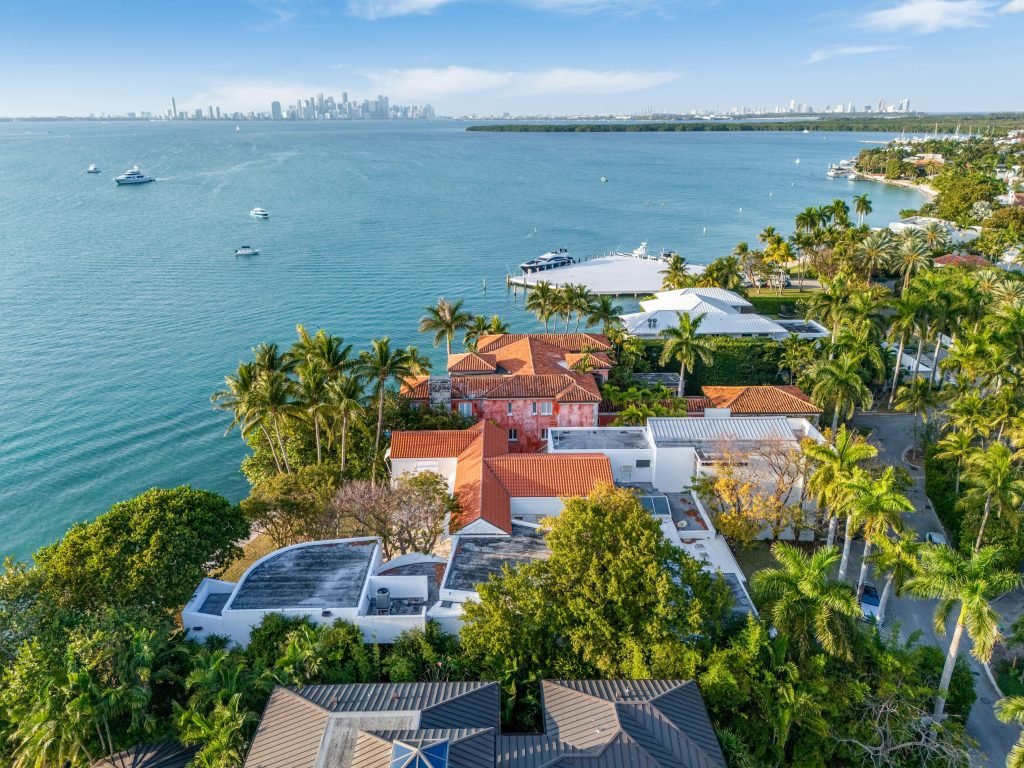
Waterfront estates command premium prices as Miami transforms into a global wealth hub
Economic Implications for Local Workforce
The affordable housing shortage has cascading effects:
Workforce Displacement: Teachers, nurses, police officers, and service workers increasingly cannot afford to live near their jobs. This forces longer commutes, reduces quality of life, and threatens the sustainability of essential services.
Wage Pressure: Employers must raise wages to attract workers who can afford Miami's cost of living. This increases business costs, potentially driving some companies to relocate or reduce headcount.
Community Fragmentation: Long-time residents are priced out of neighborhoods their families have occupied for generations. This erodes community cohesion and cultural identity.
Rental Market Strain: With homeownership out of reach, demand concentrates in the rental market, driving rents higher. Miami's median rent now exceeds $2,500/month for a two-bedroom apartment.
Expert Insight: What Miami's Wealth Migration Means for Buyers, Sellers, and Investors
For Prospective Buyers: Navigating the Two-Tier Market
Luxury Buyers ($1M+):
- Negotiation leverage returning: After years of seller dominance, luxury inventory growth is creating opportunities for buyers to negotiate terms, request concessions, and avoid bidding wars.
- Cash remains king: All-cash offers still command premium positioning, but financing is becoming more viable as competition eases.
- Due diligence critical: With new condo regulations (HB 913, HB 393), buyers must scrutinize building reserves, inspection reports, and special assessment risks.
- Timing advantage: 2025 may represent a rare window to acquire prime real estate without paying pandemic-era premiums.
Middle-Market Buyers ($400K-$800K):
- Inventory challenges persist: Limited options require flexibility on location, property type, or condition.
- Emerging neighborhoods: Consider areas like Little Havana, Liberty City, or North Miami where gentrification is early-stage but values remain accessible.
- New construction alternatives: Some developers are targeting this segment with smaller units and fewer amenities to hit price points.
- Patience pays: As luxury inventory grows and prices moderate, some sellers may adjust expectations downward.
For Sellers: Strategic Positioning in a Shifting Market
Luxury Sellers: Price realistically—the days of automatic appreciation are over. Overpricing leads to extended market time and eventual price reductions that signal desperation. Highlight unique features like waterfront access, architectural pedigree, smart home technology, and resort-style amenities that justify premium pricing.
Middle-Market Sellers: Limited inventory in this segment means well-priced properties still attract multiple offers. Buyers have fewer options, but they're scrutinizing value. Pre-inspection repairs and turnkey condition command premiums.
For Investors: Identifying Opportunity in Disruption
Long-Term Value Plays:
- Emerging neighborhoods: Areas experiencing early-stage gentrification offer the highest risk-adjusted returns.
- Workforce housing: The shortage creates opportunity for investors who can acquire or develop middle-income rental properties.
- Short-term rental markets: Miami's tourism economy supports vacation rental investments, particularly in walkable neighborhoods near beaches, dining, and entertainment.
The Future of Miami Real Estate: Sustainable Growth or Bubble Risk?
The UBS Bubble Debate
In October 2025, UBS Global Real Estate Bubble Index ranked Miami as the world's most overvalued housing market, placing it in the "highest bubble risk" category above Tokyo and Zurich. However, local experts strongly dispute this characterization.
The truth likely lies between extremes. Miami's luxury market shows genuine strength driven by real economic factors, but pockets of excess and vulnerability exist. Prudent market participants should monitor leading indicators: inventory levels, days on market, price concessions, and mortgage default rates.
Long-Term Outlook: The New Normal
Miami's transformation from regional city to global wealth hub appears permanent. Several structural factors support continued growth:
- Climate Migration: As extreme weather affects other regions, South Florida's infrastructure investment in resilience makes it relatively attractive despite hurricane risk.
- Latin American Gateway: Political and economic instability in Latin America will continue driving capital and families to Miami's stability and proximity.
- Business Infrastructure: Miami's emergence as a tech and finance hub creates high-paying jobs that support real estate demand independent of migration.
- Lifestyle Premium: The combination of weather, culture, dining, arts, and outdoor recreation creates intangible value that justifies premium pricing for those who can afford it.
Ready to Navigate Miami's Evolving Real Estate Market?
At Amarante Real Estate Services, we specialize in helping buyers, investors, and relocators understand Miami's complex market dynamics. Whether you're seeking a waterfront estate, identifying value opportunities, or navigating the middle market, our team provides the insight and advocacy you need.
Schedule Your Consultation TodayHelp is just a click away. Choose your preferred method to communicate:
Frequently Asked Questions About Miami's Millionaire Migration
Three primary factors drive Miami millionaire migration: (1) Tax savings—Florida has no state income tax, saving high earners hundreds of thousands annually; (2) Lifestyle transformation—Miami offers world-class dining, arts, culture, and year-round outdoor living; (3) Remote work flexibility—wealthy professionals no longer sacrifice lifestyle for career advancement.
UBS ranked Miami as the world's most overvalued market in 2025, but local experts dispute this. The luxury market shows strong fundamentals driven by genuine demand from wealth migration, limited land supply, and international capital. However, rapid appreciation and speculative activity in some segments warrant caution.
Inventory for starter homes under $500,000 dropped nearly 80% from 2019 to 2024 as developers focus on luxury projects with higher profit margins. This creates a housing crisis for middle-income residents, forcing workforce displacement and rental market strain.
2025 may represent a strategic buying opportunity as inventory grows and seller negotiating power weakens after years of dominance. However, buyers must conduct thorough due diligence on insurance costs, condo building reserves, climate resilience, and market segment dynamics. Working with experienced local agents is essential.
Top luxury neighborhoods include Coral Gables (Gables Estates), Miami Beach (South of Fifth, Sunset Islands), Coconut Grove (waterfront estates), Brickell (high-rise luxury), Key Biscayne, and Bal Harbour. Each offers distinct lifestyle advantages, from old-money elegance to modern urban sophistication.
Conclusion: Navigating Miami's Millionaire Migration with Expert Guidance
Miami's millionaire migration represents one of the most significant demographic and economic shifts in American real estate history. The influx of 30,000 wealthy households has created unprecedented opportunity—and unprecedented complexity.
For luxury buyers, the market offers world-class properties with negotiation leverage returning after years of seller dominance. For middle-market buyers, patience and strategic positioning are essential to navigate limited inventory. For sellers, understanding market segmentation and pricing strategy determines success. For investors, identifying emerging neighborhoods and underserved segments offers the highest risk-adjusted returns.
The data is clear: Miami's transformation is real, driven by fundamental economic factors rather than speculative excess. But navigating this two-tier market requires local expertise, market intelligence, and strategic guidance.
At Amarante Real Estate Services, we specialize in helping buyers, investors, and relocators understand Miami's evolving market dynamics. Whether you're a high-net-worth individual seeking a waterfront estate, an investor identifying value opportunities, or a family navigating the middle market, our team provides the insight and advocacy you need to make confident decisions.


